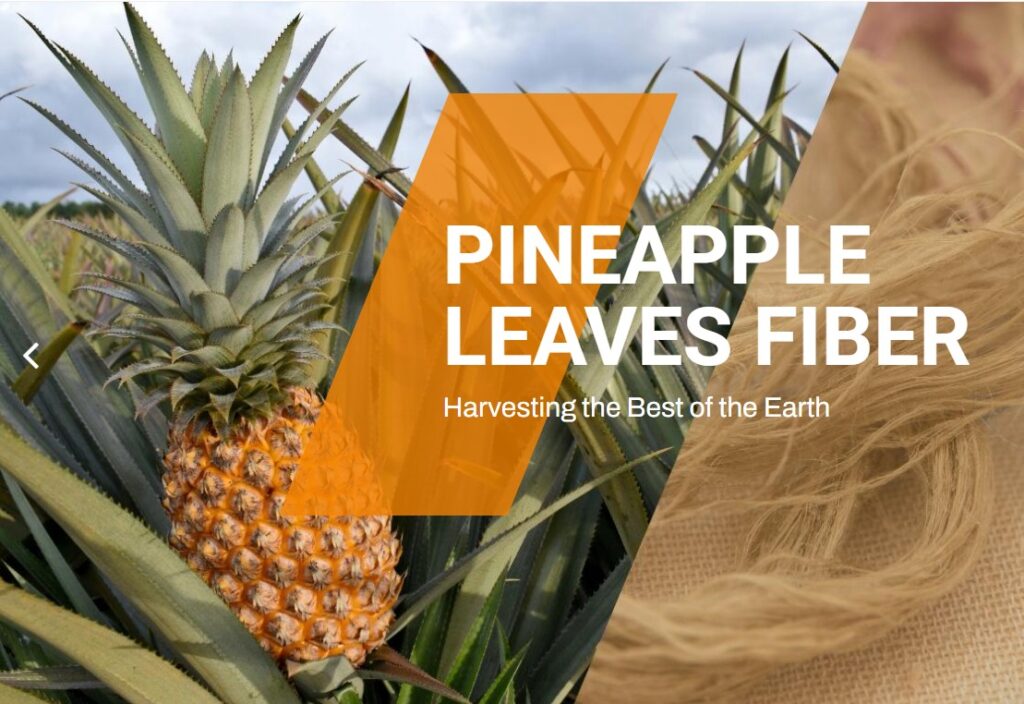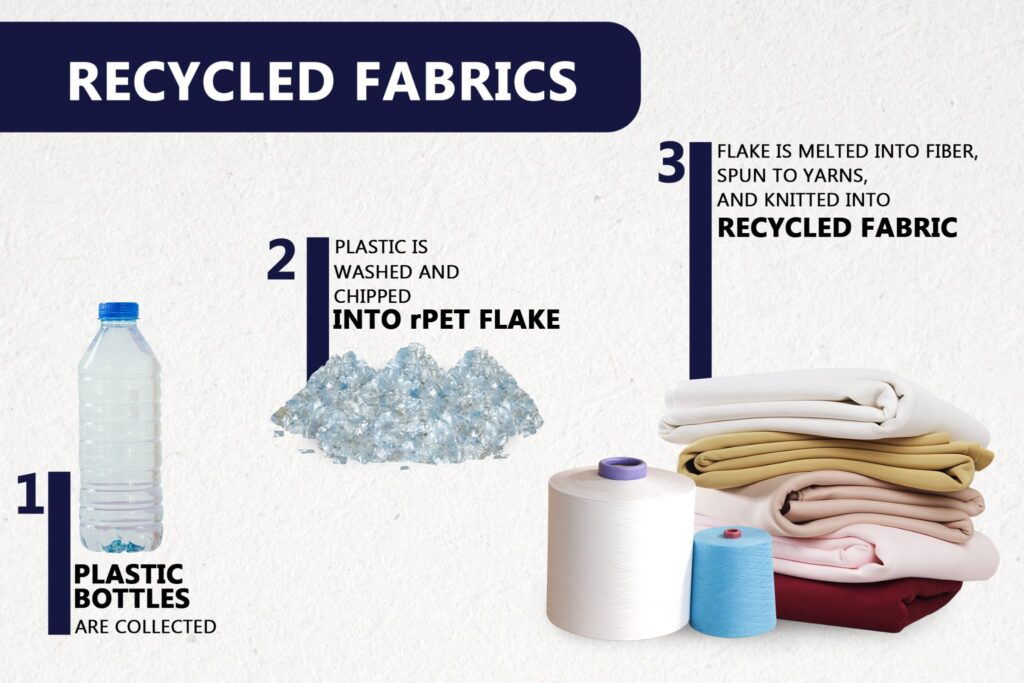Any sports fans worth their salt can recognize their team’s colors and logo from far away. They are two of the most important elements of team identity.
Knowing how to create a sports team logo is a tall order, especially for non-designers. To help you with this important part of team identity, below we have put together a step-by-step process you can use to come up with your own.
We will talk about why you even need a logo, how it aids your team and then goes through the steps of designing one.
Why Your Sports Team Needs a Logo
Before we start making one, it bears the question why create a sports team logo in the first place.
Do you actually need one? Isn’t it just a gimmick? After all, your team name should be enough, right?
It turns out that a team logo is more than just a “nice thing to have”. For good reasons.
It Gives You an Identity
If you have ever listened to the song “Three lions on a shirt” or heard French fans chant “Allez les bleus”, you will know that teams are more than their name.
A team logo doesn’t just exist to appear in league tables or be printed on merchandise. Instead, it is key identity piece for players, club members and fans alike.
Like a country’s flag, the team logo can evoke many powerful emotions. It can give people a sense belonging and unity, and thus create loyalty and support.
It Makes You Look Professional
However, your emblem is not just for communicating team spirit to the inside but also an image of professionalism to the outside.
A well-designed team logo shows commitment and that you take yourself seriously. After all, every professional team has one.
Even if you are not actually in the pro leagues, communicating like you are will make you look like a force to be reckoned with to players, opponents and sponsors.
And that can never be a bad thing.
It Makes You Recognizable and Memorable
Many people who go to a foreign country end up visiting at least one familiar fast food restaurant. That’s because these companies have spent considerable amounts of money and time on their marketing to make themselves recognizable.
Quick, think of a fast food chain that you like! Chances are, you remembered their logo effortlessly.
In the same vein, having your own team logo will provide others with a point of recognition and help you stand out from the crowd. In turn, this will make it more likely they will think of you when considering joining a club or sponsoring a team.
Are you convinced yet? Good, then let’s get to the good stuff.
How to Create a Sports Team Logo in 10 Steps
Alright, now that we have settled on the why, let’s move on to the how.
As a first step, we need to come up with a rough direction for your logo design. For that, it’s important think about what it is you want to communicate.
Did I mention that a sports team logo is all about identity? Yes? Well, now is the time to rethink yours.
So, what do you want to convey with your logo? What is going to be its main message? What values do you want to communicate to the outside?
Having an answer to these questions provides you with some guiding principles for the rest of the process.
It also helps to think about existing points of identity, such as your team name, nicknames, your home turf and other things people might already associate with you.
- Research Existing Examples
Besides that, it’s equally important to provide yourself with external reference points and concrete inspiration for sports team logo design.
Thankfully, the Internet age makes this extremely easy. You can use the site search for “[your sport] team logo”, “sports team logo”, “[your sport]” and similar queries for better results.
Looking at examples will get your creative juices flowing and help you come up with rough design ideas.
To narrow down your concept, contemplate questions like:
- What do you like and would like to imitate?
- How can you improve upon existing ideas and be different?
- Which elements would you like to use and which do you definitely want to stay away from?
Look at as many examples as you need to get a good gut feeling on where you would like to go. When you feel ready, it’s time to move on to the next step.
Just a quick heads up: While it’s totally fine to take inspiration from other team logos, don’t blatantly rip off their design like these people. It completely defeats the purpose of creating your own identity.
- Think About Different Types of Logos
During research, you will quickly figure out that there are different kinds of logos. Some are abstract images or symbols while others are font based so-called logotypes.
You will also find that sports team logos are most often a mixture of both. That’s because image-only logos are usually a thing for businesses that will spend a lot of energy on branding.
At the same, having only your name written out lacks the power of association and other emotional oomph. Therefore, you will probably do well to follow their examples and go down the same design path.
However, if you have a cool idea that is different, by all means don’t let me keep you from making it happen.
- Look Into Sports Team Fonts
While we are talking about concrete design elements: Fonts can be an important part of a logo. They are a bit of a science in themselves, which is why its a good idea to do some research on that matter.
You can also find sports-specific typefaces by googling “[your sport] font”. Besides using an existing font, there is also the possibility to create a custom one, like many professional teams do.
However, you don’t have to do anything overly flashy. It’s also possible to create logos with established typefaces. As with everything, which font you choose really depends on your own preferences and goals.
When you feel like you have a good outline, the fun part begins. It’s time to put pen to paper.
Don’t worry if you are not super talented, this is not about creating the end product but bringing your rough ideas to life.
You can put down as many ideas and make as much iteration as you want, no need to censor yourself. Quantity is fine at this point; you can focus on quality later. Play around a little, be creative and see what comes out of it. Also, concentrate on shape over color.
During the steps above, the vision for your logo should have gotten a lot clearer and you should have a number of different ideas on the table.
To further narrow down the field to a chosen few, go through your logo ideas and check them for the following characteristics:
- Appropriateness – Does it communicate well what you are doing? Can people understand which sport or discipline you are in?
- Simplicity – Is any logo overly complicated or confusing?
- Distinctiveness – Are you imitating someone else’s logo too closely? Is the logo easy to remember?
- Tangibility – Can the logo be understood without a problem?
- Timelessness – Will it be recognizable for years to come?
All of the above are hallmarks of good logos. Using them to sort through your logo concepts will help you discover the real gold nuggets.
Also, listen to your gut feeling. It’s natural to be drawn to some ideas more than others and there are often good reasons for it.
If you can, narrow it things down to a maximum of three concepts.
If you are unsure which way to go or find yourself stuck during the creation process, it is often a good idea to take a step back.
Creating a logo is a process. By taking breaks and getting some distance, you allow ideas to germinate and create space for them to mature naturally.
Also, get lots of feedback. Talking to others often yields new insights and ideas you wouldn’t come up with yourself.
Besides, including your team members into the process is a great way to get everyone more invested. By allowing them to vote for their favorites and provide input, you create an even stronger team identity.
Alright, by now you should be arriving at a point where you can make a decision. If nothing feels right yet, it might be time to start over.
After settling on a concept, it’s time to get down to the nitty gritty and work out the details of your final product. One of the most important aspects during the refinement phase is to see what can be taken away.
A friend of mine who is a graphic designer once told to me that the biggest part of logo design is making it simpler. The simplest logos are often the most memorable and are also easier to reproduce in different versions.
- Hire a Designer For The Final Product
As I said in the beginning, your logo represents your team to the outside world so you don’t want it to say “we like to half-ass things”.
Therefore, unless you have a graphic designer in your team, for the final product, you should talk to a professional.
That also includes knowledge about important technical considerations that will ensure the logo is printable, has the right resolution and other stuff you and I would never think of.
While this will probably cost some money, it is a good investment for a sports team logo that you will use for a long time.
- Start Using Your Brand New Logo
That’s it, you made it! Congratulations! You created in important part of team identity.
However, besides celebration, the most important thing is that you actually start using your logo right away.
Start putting it in all the important places, such as your jerseys, club newsletter, stationary and — most importantly — your team website.
Are You Ready to Create Your Own Sports Team Logo?
The logo of a team is often the first thing people think of in connection with a sports team or club. It is, therefore, one of the most important tools to create a sense of identity and make yourself recognizable.
Now, you have a sports team logo, maybe you want to make it into sport badges. If you need this service, I recommend that you can visit Beauty Emblem Inc. – the company specializes in kinds of embroidery badges. Get more choice of sport badges, please feel free to contact Beauty Emblem at 886-2-8283-1139.
Article Source: https://www.themeboy.com/blog/create-sports-team-logo/





